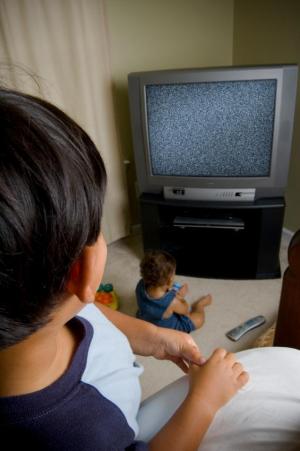Advertising is a very attractive career path because of its potential for creative expression. While only a fraction of jobs in the advertising profession mention creativity in their job description, the business itself attracts people with artistic and creative skills…nothing at all like the accountants and sales people that work for Dunder Mifflin. Watch the opening scene from The Office: Local Ad to see what I mean.
But despite their creative moments, advertising pros are sometimes faced with a different effect than intended. The Hillary Clinton 3am Spot raised a few eyebrows when viewers questioned her use of scare tactics and whether Senator Clinton really was the candidate best qualified to take those national security calls, day or night. But an interesting twist was added when the young girl asleep in bed turned out to be–8 years later–an Obama supporter.
[youtube=http://www.youtube.com/watch?v=oXmYVRIpu2w&hl=en]
Use of stock footage is not an uncommon practice, especially for those on a tight budget. However, in this case, it is a classic example of penny wise and pound foolish. (And if you don’t know what that means, ask your grandmother.)


 A couple of studies recently published confirm what we’ve suspected. Screen time and obesity are positively correlated. And the news gets worse. A study out of Canada found that children from disadvantaged neighborhoods were 3-4 times more likely to fall into these high-risk groups. Another study, this one out of SUNY Buffalo, found that kids whose screen time was reduced lost weight. According to a report in
A couple of studies recently published confirm what we’ve suspected. Screen time and obesity are positively correlated. And the news gets worse. A study out of Canada found that children from disadvantaged neighborhoods were 3-4 times more likely to fall into these high-risk groups. Another study, this one out of SUNY Buffalo, found that kids whose screen time was reduced lost weight. According to a report in